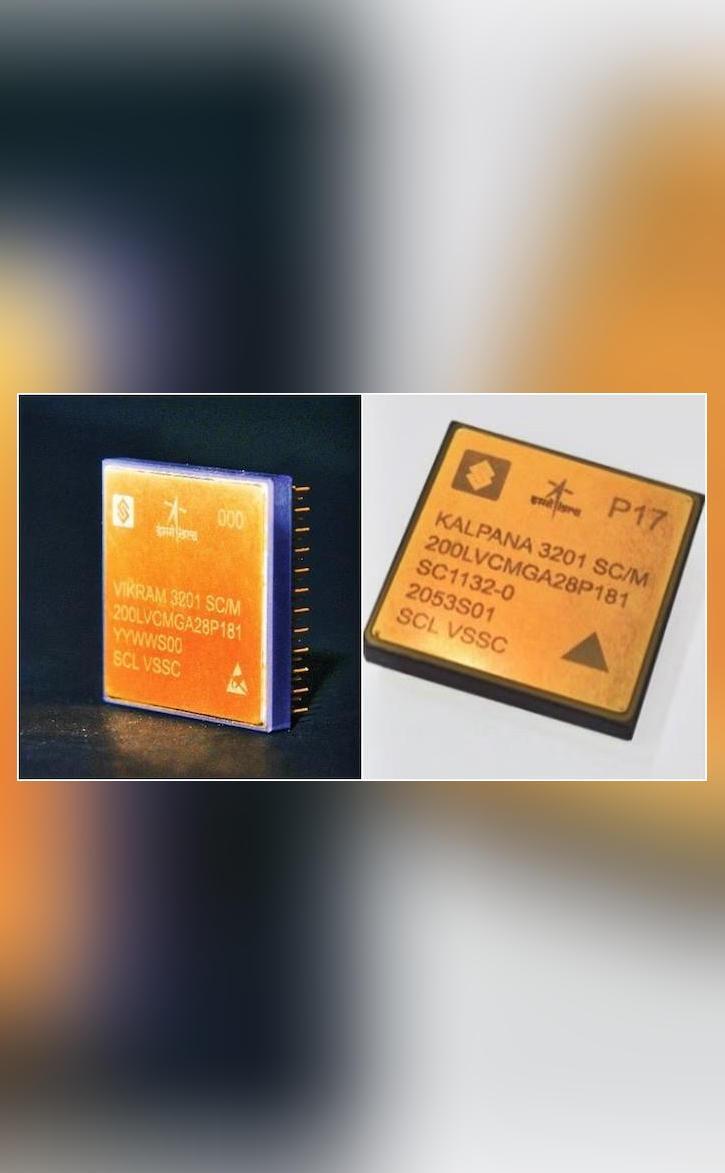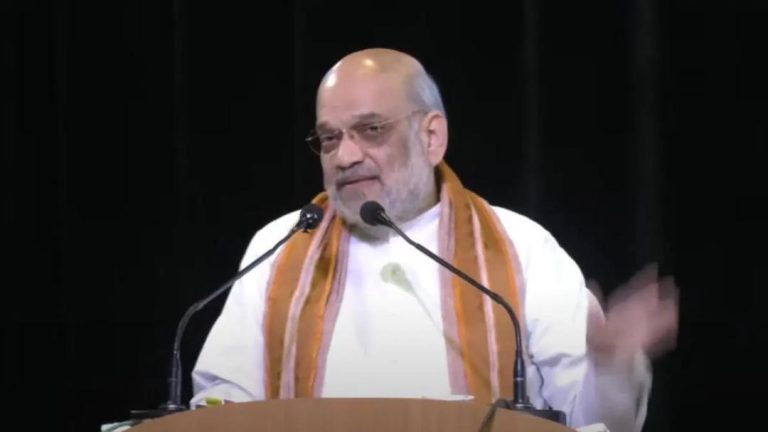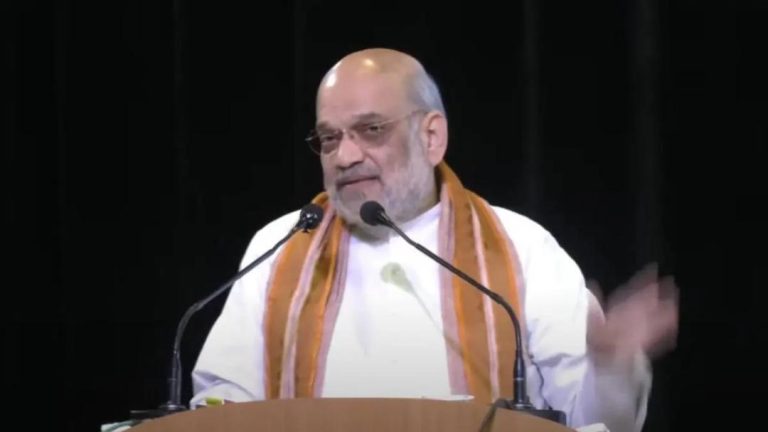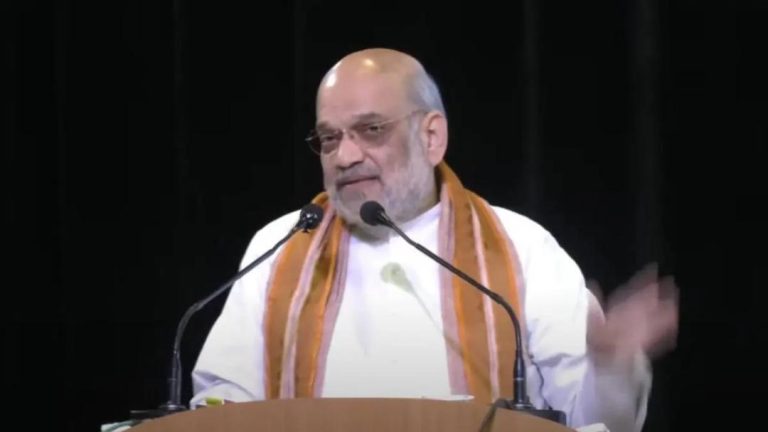
ISRO & SCL develop 32-bit microprocessors for space applications
The Indian Space Research Organisation (ISRO) and the Semiconductor Laboratory in Chandigarh have made a significant breakthrough in the field of space technology by jointly developing two 32-bit microprocessors, VIKRAM3201 and KALPANA3201. These microprocessors have been specifically designed for space applications, with a focus on reliability, performance, and radiation hardness.
VIKRAM3201, in particular, is a milestone achievement for ISRO, as it is the first fully “Make-in-India” 32-bit microprocessor that has been qualified for use in the harsh environmental conditions of launch vehicles. This development is a testament to the capabilities of Indian engineers and scientists in designing and developing complex electronic systems for space applications.
The VIKRAM3201 microprocessor is a 32-bit, pipelined processor with a clock frequency of up to 80 MHz. It has a 32-bit data bus and a 32-bit address bus, making it capable of handling complex data processing tasks. The processor is designed to operate in a variety of environments, including high temperatures, radiation, and high-vibration conditions.
The KALPANA3201 microprocessor, on the other hand, is a 32-bit, RISC (Reduced Instruction Set Computing) processor with a clock frequency of up to 40 MHz. It has a 32-bit data bus and a 32-bit address bus, making it suitable for applications that require high-speed data processing.
Both microprocessors have been designed and developed by a team of engineers and scientists from ISRO and SCL, with the support of various Indian industries. The development of these microprocessors is a significant achievement for the Indian space program, as it enables the country to reduce its dependence on foreign vendors for critical electronic components.
The design and development of VIKRAM3201 and KALPANA3201 microprocessors involved a range of challenges, including the need to ensure radiation hardness, thermal stability, and vibration resistance. The microprocessors had to be designed to operate in extreme environmental conditions, including high temperatures, radiation, and high-vibration conditions.
To address these challenges, the development team used advanced simulation tools and techniques, including radiation-hardened design techniques, thermal analysis, and vibration testing. The microprocessors were also subjected to rigorous testing and validation procedures to ensure their reliability and performance.
The development of VIKRAM3201 and KALPANA3201 microprocessors is a significant milestone in the Indian space program, as it enables the country to develop its own indigenous electronic systems for space applications. This development is expected to have a range of benefits, including reduced dependence on foreign vendors, improved reliability and performance, and increased indigenous capability in the development of complex electronic systems.
The success of VIKRAM3201 and KALPANA3201 microprocessors is a testament to the capabilities of Indian engineers and scientists in designing and developing complex electronic systems for space applications. This achievement is expected to pave the way for further developments in the Indian space program, including the development of more complex electronic systems and the launch of new space missions.
In conclusion, the development of VIKRAM3201 and KALPANA3201 microprocessors by ISRO and SCL is a significant achievement for the Indian space program. These microprocessors are designed to operate in harsh environmental conditions and are capable of handling complex data processing tasks. The development of these microprocessors is expected to have a range of benefits, including reduced dependence on foreign vendors, improved reliability and performance, and increased indigenous capability in the development of complex electronic systems.






